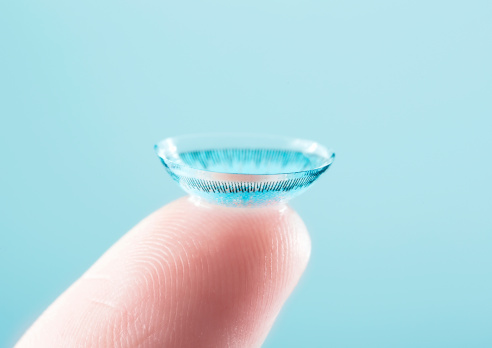
Can-C™ Eye Drops FAQ
October 22nd, 2024Can-C™ eye drops are a popular eye drop solution that contains the active ingredient N-acetylcarnosine (NAC). These drops are useful in the ongoing relief of eye conditions such as cataracts and age-related macular degeneration.
What are Can-C™ eye drops, and how do they work?
Can-C™ eye drops contain N-acetylcarnosine, a derivative of the naturally occurring dipeptide carnosine. It is believed that NAC in Can-C™ eye drops may have antioxidant properties [1] and the ability to protect and repair eye tissues. Some proponents suggest that it can help reduce the progression of cataracts and age-related vision problems.
Are Can-C™ eye drops effective for cataracts?
Can-C™ eye drops provide an alternative to surgery in the treatment of cataracts. Many cataract sufferers who have used Can C drops have seen an improvement in their vision, as well as improvement for related conditions such as sun sensitivity, normal tension glaucoma and dry eye syndrome.
Please note that Can-C™ eye drops are not yet FDA approved for treating cataracts – in fact, there are no eye drops used in cataract treatments that are FDA approved [2]. It is extremely expensive to apply for this sort of approval and, as Can-C™ is a natural product, it would be very difficult to obtain a patent.
Can-C™ labelling
- The active ingredients listed are the lubricants, Carboxymethylcellulose sodium and glycerin, as these are FDA approved for ophthalmic use.
- The ingredient NAC is listed as inactive as it is not FDA approved for the treatment of cataracts.
Are Can-C™ eye drops available without a prescription?
Yes, Can-C™ eye drops are often available without a prescription in many countries. However, it is advisable to consult with an eye care professional or healthcare provider before using any eye drops, especially for the treatment of specific eye conditions.
How should I use Can-C™ eye drops?
The recommended usage may vary, but typically, it involves applying one to two drops in each eye several times a day. It’s crucial to follow the manufacturer’s instructions or your healthcare provider’s guidance for proper dosing.
Are there any side effects or contraindications associated with Can-C™ eye drops?
Can-C™ eye drops are generally considered safe when used as directed. However, some individuals may experience mild irritation or discomfort. If you experience any adverse reactions, discontinue use and consult with a healthcare professional. It’s important to inform your healthcare provider of any pre-existing eye conditions or allergies.
Over clinical trials that lasted a number of years, there were no sign of any problems in using Can-C™ over an extended period of time.
Is there scientific evidence supporting the use of Can-C™ eye drops?
Researchers have studied the effects of NAC when used in the eye for many years. Modern techniques such as nuclear magnetic resonance and electron spray ionisation mass spectroscopy have been used in relation to increasing the bioavailability of NAC inside the eye.
Subsequent findings from these research trials have shown a positive effect when using NAC 1% in a lubricant eye drop solution, not only for the treatment of cataracts but also ARMD and primary open angle glaucoma.
Can I use Can-C™ eye drops with contact lenses?
Can-C™ eye drops are typically used without contact lenses. If you wear contact lenses, it’s advisable to remove them before applying the drops and wait at least 15 minutes before reinserting your lenses.
It’s important to remember that while Can-C™ eye drops may offer potential benefits for certain eye conditions, they should not replace regular eye exams and professional medical advice from an eye care specialist. Always consult with a healthcare professional before starting any new eye treatment.
[1] N-Acetylcarnosine sustained drug delivery eye drops to control the signs of ageless vision – National Library of Medicine
[2] Medication and eye drops for cataracts – All About Vision







